Where 3 Top A3 Printer Vendors Differ On Tackling The Market
The Future Of A3 Printers
The $55 billion market for A3 copiers and MFPs (multifunction printers) has long been dominated by companies such as Xerox, but HP Inc. is pushing hard to grab share. Following HP's $1.05 billion acquisition deal for Samsung's printer business in November, the company in August announced an agreement to acquire Apogee, Europe's top multi-vendor managed print services provider, to help boost its share in the A3 print copier market. But Xerox hasn't slowed down in its A3 competitive efforts, with the launch of 17 new A3 devices last year.
During the recent XChange 2018 conference in San Antonio, hosted by CRN parent The Channel Company, CRN convened a roundtable of executives from HP, Xerox and Lexmark to discuss the future of the print market—and the executives each took the chance to share their unique approach to A3 during the discussion. What follows is an edited portion of the comments from the executives--Dan McDonnell, vice president of U.S. Print Channel at HP Inc.; Greg Chavers, vice president of North America Channel Sales at Lexmark; and John Reilly, vice president of U.S. Channel Sales at Xerox.
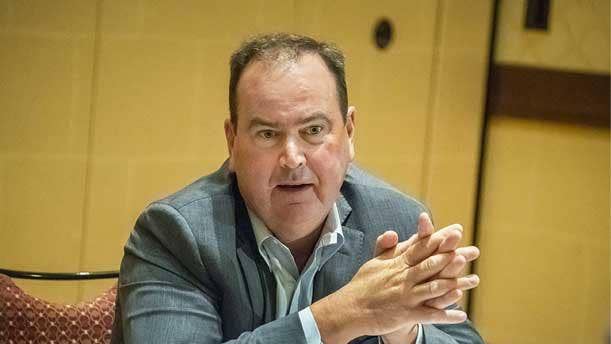
What are the biggest investments that you are making this year to drive partners' sales, growth and profitability? What's your big bet for 2018?
Dan McDonnell, HP: A3 is still probably the biggest investment. We have some pretty big upside--the Samsung [Electronics printer business] acquisition a year ago was part of it, the Apogee acquisition in Europe is kind of a second leg. So, A3 is probably the biggest opportunity for us in terms of growth … We look at our core [business]—our A4 business and everyday business—and [there's] a lot of innovation there on a daily basis. [For] growth categories—MPS [managed print services], A3 has big investments. And then obviously future [categories], which would be stuff like 3-D. So, for us it's concentration on the growth areas for us—a lot of investment in A3, MPS, security being part of that.
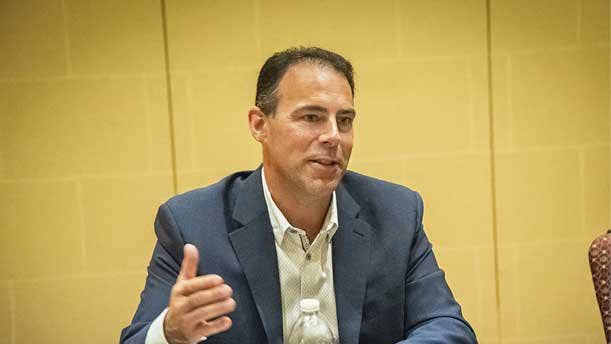
For Xerox, you guys have a lot going on over there—what's "the big one?"
John Reilly, Xerox: We have a lot of very positive changes right now at Xerox … We've been very vocal in the marketplace right now that we as a company realize that we've got a long rich history, and we have a lot of learnings from that. One of the early learnings is that we have one heck of a portfolio. We've got an end-to-end portfolio starting at the low end of A4 going all the way up through solid A3, as a market leader with our MPS strategy … So, we have a lot of success in the product portfolio, leveraging the tool set that has been super successful in the enterprise space for years. We've dominated that market. And [we've taken that] and put it in a fashion that the channel and our smaller partners, along with the larger national [partners], can use that in an easily repeatable way to influence the MPS, and not just the transactional sale … We've got a better growth rate than we've seen in the last five years. So, it's starting to work, and it's not trying to be overly complex with our partners. It's simplifying and being clear and being focused, and maintaining a consistent pattern and drumbeat to the way that we interact with them.
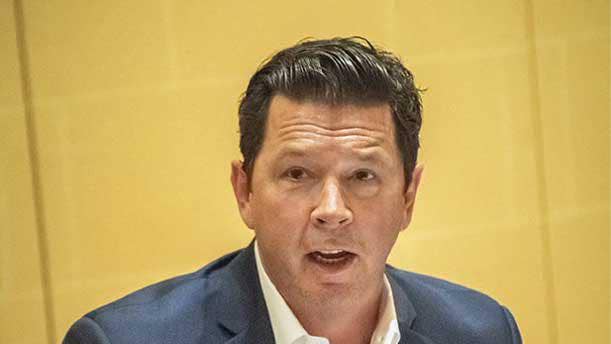
At Lexmark, how do you respond when you see all of this activity in A3?
Greg Chavers, Lexmark: Lexmark is really focused on just improving our core competency around smart A4 technology, and we think the market trends favor our direction … 11 x 17 paper is still 1 to 3 percent [of usage]. That's what most of the research says. So, if you think about that, you need to really start asking the question, "does that mean there's a glut of capacity of capabilities out there that aren't being utilized?" We have great relationships in the copier channel—as a matter of fact it's a growth engine in our channel business. But we're leveraging our A4 competencies, and they're embracing those as part of a more comprehensive line with the A3 devices that they continue to market.
We're about changing the narrative, and helping our partners change that narrative. I think it's a good opportunity for the IT resellers and VARs to look at that space, understand the data trends and really come in to their customers with a comprehensive approach. Try to be consultants, understand what your customers are doing really with their print environment. Are they really printing a lot of 11 x 17--and if not, why do they have the devices? So, really come in and try to understand their environment and help them maybe propose an optimized future state that's going to be better for them.
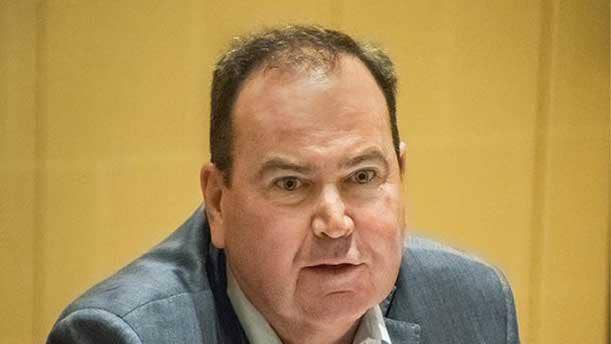
For HP, talk about the A3 approach you are taking by trying to reduce service cost, and partners can either take it and put it in their pocket, or give it back to the customers. What are you seeing there?
McDonnell, HP: It makes them more profitable, right? Because they're more efficient in servicing those machines. It's a benefit to the customer themselves, because they're spending a lot less on service and parts and the machines are much more reliable. They're working when they should be. So, I think that's a big piece of where we're going with A3 and A4. So, it'll cascade down.
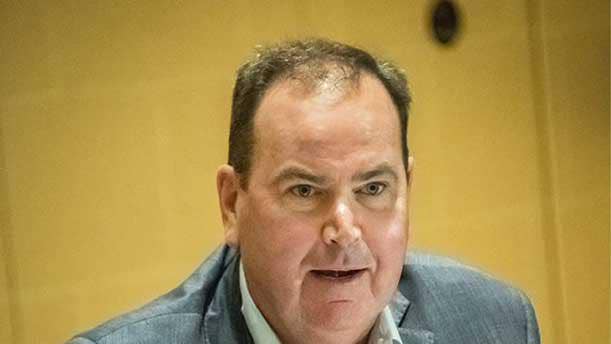
Your A3 efforts are all based on, basically, a new approach. How big of a game-changer is it?
McDonnell, HP: I think it's pretty big. It's a need … [The printers] can heal themselves—the Tesla model. They can report back and basically tell you what's wrong with the machine. And in some cases, they can fix it. Security's part of it-- where if there's a challenge, if there's malware, if there's a breach, the machine can shut down and reset and purge that security blip off the system.
So the fact that they're self-diagnostic, and they can heal themselves, they can pick up on security and solve it without intervention, it is a huge game-changer for the channel. There's less intervention for them. They're more profitable in terms of servicing the machines, and it obviously helps the customer themselves.
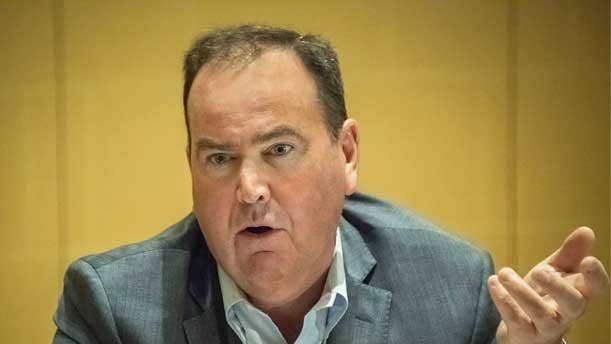
HP has bought Apogee, and Xerox has bought a bunch of partners. How is that an advantage?
McDonnell, HP: From our end, the majority of the business [is] going through the channel, [and that] is not changing. The acquisition will bring awareness to our investment in A3 to drive that need to get into that business in a bigger way. And we'll lift all boats. It really should benefit the dealer network to some extent.
And this is Europe, so I'm not completely versed in Europe, but that's really the design of this. We want to invest in A3. We want to go after that market in a variety of ways and we see this acquisition as lifting all boats there.
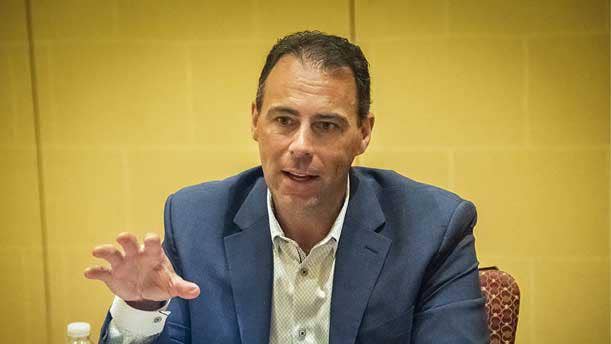
Xerox has done the same thing—have you had any problems with implementing it when you bought a partner?
Reilly, Xerox: Our new CEO John Visentin is already on record to say that when he came in, he saw complexities within our business [and] that the multiple channels is something that we as an organization want to work through … [We want to] make sure that there's no disruption—move to a model where there's the least amount of friction in it, and allow our partners to do what they do best, which is go get net new customers. So, we are probably one of the most rigorous around [saying] when you have a customer, you keep your customer … Most companies that I've worked with as a reseller and even as manufacturer have a deal-by-deal registration program.
At Xerox, what we've done is implemented a customer-based opportunity where when you're selling to a customer and you've put in the long-term annuity stream with managed print services, you are protected within that customer, while you're selling to them … We've tried to manage it by being loyal to our partners and being loyal to the work that they've done with customers, especially in this annuity-based business. So, we feel pretty good about the history. However, we see the opportunity to make this much clearer and cleaner for our channel and drive more efficiency.